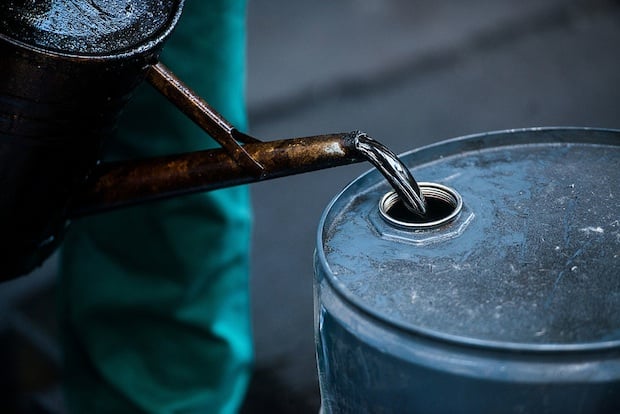OPEC expects higher 2018 oil demand
“The market is only expected to return to balance towards the end of this year,” OPEC said

OPEC said on Monday world oil demand would grow faster than expected in 2018 because of a healthy world economy, adding a tailwind to the producer group’s effort to remove a supply glut by cutting output.
But the global market will return to balance only towards the end of 2018, no earlier than previously thought, as higher prices encourage the United States and other non-member producers to pump more, OPEC said in a monthly report.
The Organization of the Petroleum Exporting Countries said world oil demand would rise by 1.59 million barrels per day (bpd) this year, an increase of 60,000 bpd from the previous forecast.
“Recently, healthy and steady economic development in major global oil demand centres was the key driver behind strong oil demand growth,” Vienna-based OPEC said in the report.
“This close linkage between economic growth and oil demand is foreseen to continue, at least for the short term.”
Oil prices held on to earlier gains after the release of the report, trading just below $64 a barrel. Prices topped $70 this year for the first time since late 2014, supported by the OPEC-led cut and robust demand.
Balancing the higher demand forecast, OPEC said the United States and other outside producers would boost supply by 1.4 million bpd this year, up 250,000 bpd from last month and the third consecutive rise from 870,000 bpd in November.
“The steady oil price recovery since summer 2017 and renewed interest in growth opportunities have led to oil majors catching up in terms of exploration activity this year, both in the shale industry and offshore deep water,” OPEC said, referring to the US outlook.
“The market is only expected to return to balance towards the end of this year.”
INVENTORIES, OPEC OUTPUT FALLING
OPEC’s assessment of when the market would rebalance is no earlier than its previous projection, despite the outlook for higher demand, falling inventories and strong compliance with the supply-cutting deal.
OPEC’s stated goal, through a deal starting a year ago to cut output with Russia and other outside producers, is to reduce oil inventories in developed economies to the five-year average. They have extended the pact until the end of 2018.
In a further sign of progress, OPEC said inventories in those economies declined by 22.9 million barrels in December to 2.888 billion barrels, 109 million above the five-year average.
OPEC compliance remains strong. In January, OPEC output fell by 8,000 bpd to 32.302 million bpd, the report said. Adherence by the members with output targets rose to 137 per cent, according to a Reuters calculation, up from December.
The report gave contrasting figures on production in Venezuela, where output has been dropping due to an economic crisis.
Venezuela told OPEC its production recovered in January to 1.769 million bpd from December’s multi-decade low, while figures from secondary sources that OPEC uses to monitor its output showed a decline to 1.60 million bpd, a new low.
OPEC uses an average of figures from six secondary sources to monitor its output rather than countries’ own due to old disputes about real production rates.
With outside producers expected to increase supply this year by more than the upward revision to demand, OPEC in the report cut its estimate of the global requirement for its crude in 2018 by 230,000 bpd to 32.86 million bpd.
Should OPEC keep pumping at January’s level and other things remain equal, the market could move into a deficit of about 560,000 bpd, suggesting inventories will be drawn down further.
Last month’s report pointed to a larger deficit of about 670,000 bpd.
